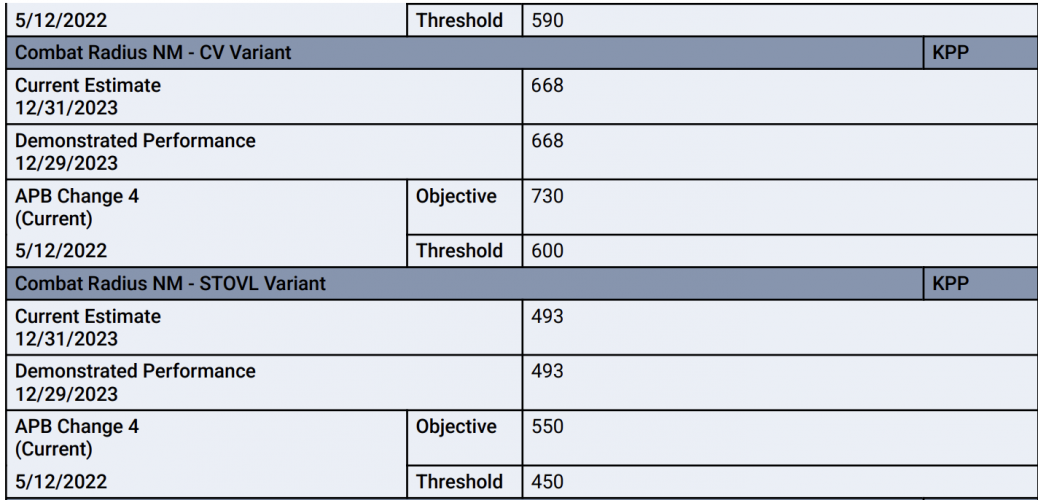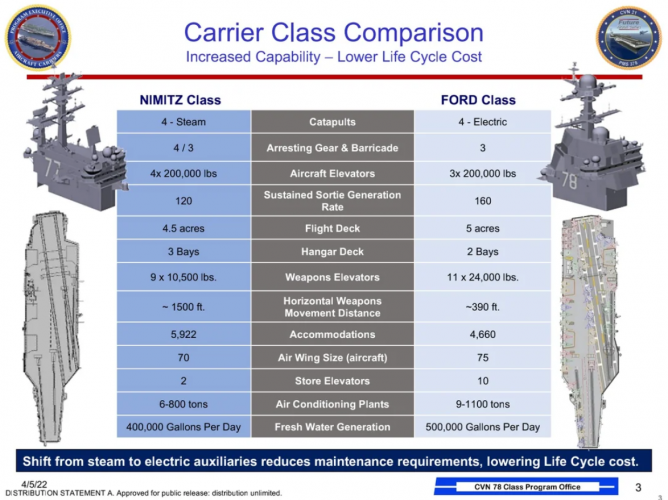Kat Tsun
eeeeeeeeeeeeeee
- Joined
- 16 June 2013
- Messages
- 1,365
- Reaction score
- 1,769
Major Aircraft Review, including A-12, launched December 1989.
26 Apr 1990, SecDef testifies first flight 1991.
1 Jun 1990, GD/MD states major delay in first flight, they've blown the budget and can't meant contractual requirements.
9 Jul 1990 SecDef orders an inquiry. Inquiry leads to resignation of Undersec for Defense Acquisition and canning of Navy's A-12 leadership. Navy given until 4 Jan 1991 to show why A-12 shouldn't be cancelled. First flight delayed at least two years, cost per aircraft increases from >$87m to $100m
So in fact it's only 18-24 months between cancelling A-6F and A-12 issues becoming known outside the Navy.
As for "LO attack aircraft is what the navy needs." what the Navy wants and what the Navy needs are two separate things. As demonstrated by the eventual acquisition of F/A-18.
The Navy didn't need A-6F because it would spend the next 30 years flying combat operations against opponents without significant air defense systems or standoff anti-ship capabilities. That about sums it up. F/A-18E/F will likely fly into the 2040s while A-6F would be retired around the same time as the S-3s.


